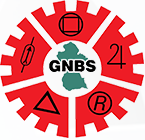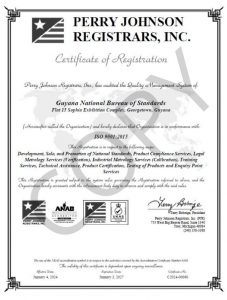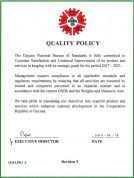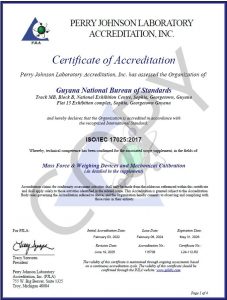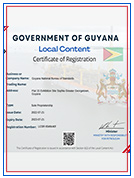Have you ever been to a gas station and wondered who checks that the amount of fuel pumped into vehicles corresponds with the sum displayed on the petrol pumps? If you did, you are not alone. Many people have wondered the same. It is the Guyana National Bureau of Standards (GNBS) that has this responsibility.
In accordance with the 1981 Weights and Measures Act, the GNBS is responsible for the verification of all measuring instruments used in trade. Among the list of measuring instruments verified by the GNBS are the Petrol Pumps at gas stations across the country to ensure drivers get the accurate amounts of fuel or “value for money.”
This exercise is conducted twice annually to guarantee consistency. The first verification exercise at gas stations is done during the months of January to March while the second verification exercise is conducted during July to September. So far for the year, the GNBS has verified a total of nine hundred and seven (907) petrol pumps at gas stations across the country, and by the end of March, the remaining pumps will be verified.
During the verification process, test measures are used to determine whether these fuel pumps are delivering less or more than the specified amounts or are within the acceptable tolerance. For pumps that are inaccurate, the necessary adjustments are made, and security seals are affixed to the adjusting mechanisms to prevent tampering, which safeguards drivers and other purchasers of fuel. If a subsequent check is conducted by Inspectors of the GNBS and the affixed seals are found to be tampered with or removed, the operators or owners can face prosecution. This is to maintain the integrity of the verification process.
Further, if for one reason or another, a verified measuring device is not functioning properly, and cannot be verified immediately, the Inspector would seal the dispensing nuzzle to prevent usage of that device until its accuracy can be verified.
Importantly, the verification process is intended to protect both suppliers and consumers. Petrol pumps that deliver accurate fuel to consumers guarantees that the fuel stations are not facing financial loss while consumers are not short-changed. Similarly, fuel terminals also need to supply the correct quantities of fuel to petrol stations that are their customers so that they too can be satisfied. As such, bulk meters and tanker wagons used to move the fuel are also checked by the GNBS to maintain accuracy.
Consumers! You can help the GNBS protect yourself by checking to ensure that you are sold the right quantity of fuel. To do so, simply multiply the price per litre that is displayed by the quantity of fuel in litres dispensed to you. If your answer does not correspond to the total sale indicated on the pump or what you paid, do not hesitate to inform the GNBS. Further, check fuel pumps for the GNBS approval seals which is a sticker displayed on the front of the pump. The presence of an approval seal on a fuel pump indicates that the pump was checked for the corresponding period.
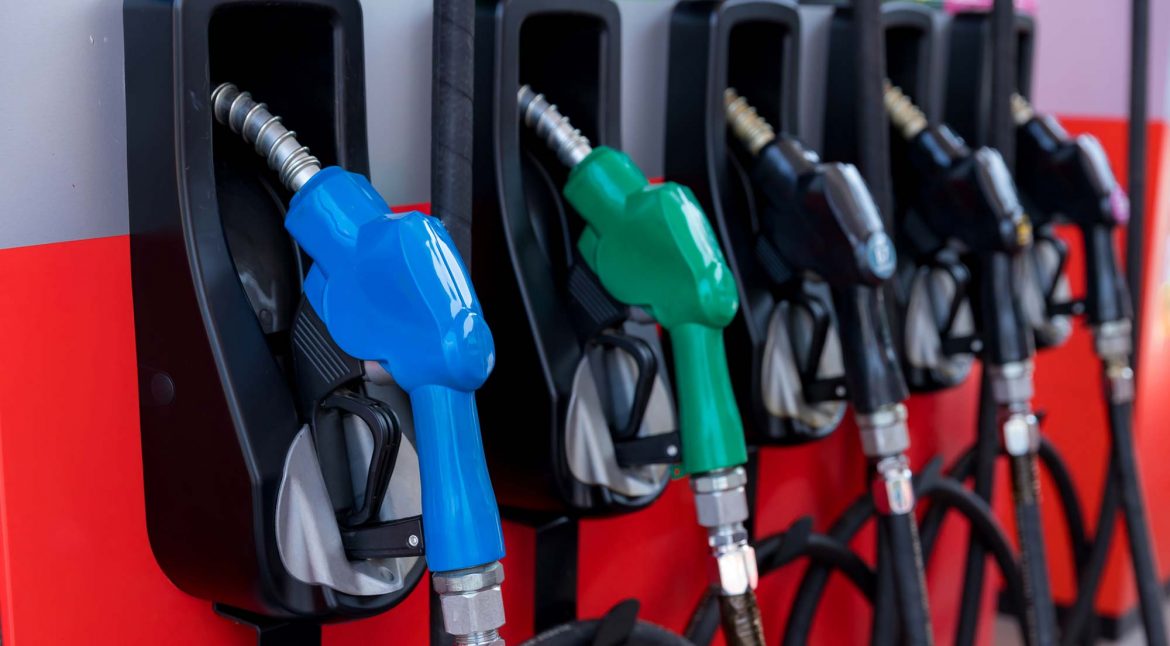
29
Feb

